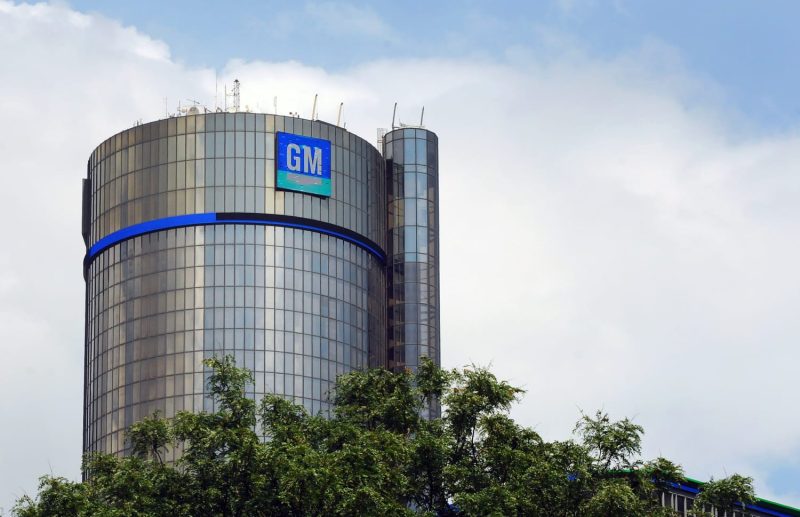In the wake of significant reorganization efforts and a focus on cost-cutting measures, General Motors (GM) recently made the difficult decision to lay off 1,000 employees across various departments. This move is part of the company’s broader strategy to streamline operations, enhance efficiency, and drive profitability amidst a rapidly evolving automotive landscape.
One of the key rationales behind this restructuring is the need for GM to adapt to changing market demands and technological advancements. As the automotive industry experiences a shift towards electric and autonomous vehicles, GM is strategically realigning its workforce to better position itself for future growth and sustainability. By reallocating resources and talent towards innovative projects and emerging technologies, the company aims to stay competitive and ahead of the curve in the rapidly evolving industry landscape.
The decision to downsize the workforce, while undoubtedly challenging and impactful, reflects GM’s commitment to reshaping its organizational structure for long-term success. By eliminating redundancies, consolidating functions, and optimizing operations, the company is seeking to enhance agility and responsiveness in a highly dynamic market environment. Moreover, by reducing costs and improving operational efficiency, GM aims to free up resources that can be reinvested in strategic priorities and growth initiatives.
While workforce reductions can have significant implications for employees and their families, GM has emphasized its commitment to supporting affected individuals during this transition period. The company is offering various resources, including career counseling, retraining programs, and severance packages, to help impacted employees navigate this challenging phase and explore new opportunities for personal and professional growth. By providing comprehensive support and assistance, GM aims to ensure a smooth and respectful transition for all affected individuals.
Looking ahead, GM’s reorganization efforts and cost-cutting measures are expected to position the company for greater resilience and competitiveness in the ever-changing automotive landscape. By aligning its workforce, operations, and investments with strategic priorities and emerging trends, GM is laying the foundation for sustainable growth and success in the years to come. As the company continues to adapt to shifting market dynamics and technological advancements, it remains focused on driving innovation, delivering value to customers, and shaping the future of mobility.
In conclusion, GM’s decision to lay off 1,000 employees amid reorganization and cost-cutting reflects a strategic realignment aimed at enhancing efficiency, agility, and competitiveness. While the workforce reductions may present challenges in the short term, the company’s long-term vision is centered on positioning itself for success in a rapidly evolving industry landscape. By supporting affected employees and focusing on innovation and growth, GM is committed to driving sustainable value creation and shaping the future of mobility.

